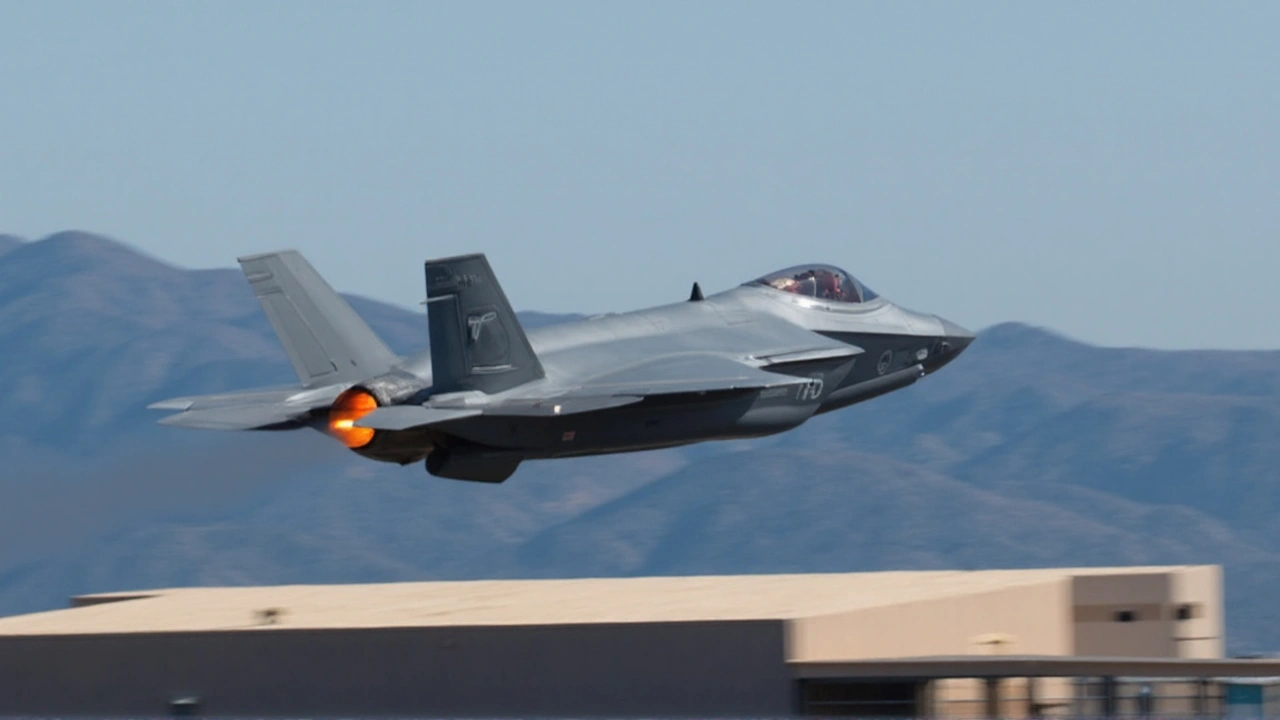F-35 Upgrade: What the New Features Actually Do
If you’ve been following modern combat aircraft, the word “upgrade” probably pops up a lot. The F-35 isn’t an exception. Lockheed Martin just rolled out a package that boosts radar, software, and engine performance. In plain language, the jet can see farther, think faster, and fly a bit smoother. Those sound like small tweaks, but on the battlefield they add up.
Key upgrades in the latest block
The newest block brings a new AESA radar that can track more targets at once. Pilots say the extra picture‑in‑picture view cuts down the time needed to choose a threat. Alongside the radar, the mission computer got a software jump – roughly a 30% speed gain in data processing. That means the aircraft can fuse information from multiple sensors in real time, giving a clearer picture of what’s happening around it.
On the propulsion side, the F135 engine now has a higher‑by‑design thrust rating. The result? Shorter take‑off runs and a slight boost in top speed. It also burns a bit less fuel on cruise, which translates to longer loiter time over an area. For pilots, that’s more time on station without a refuel stop.
Impact on pilots and operations
From a pilot’s perspective, the upgrade reduces workload. The new cockpit displays group data into easy‑to‑read icons, letting pilots focus on tactics instead of managing screens. Training sessions are getting shorter because the software aligns more closely with the next‑gen combat scenarios the air force is planning.
Operationally, squadrons can now integrate the F-35 more tightly with legacy platforms. The upgraded data link talks to older aircraft, creating a common picture across the fleet. That helps ground commanders coordinate strikes without needing a separate command node.
Maintenance crews also feel the benefit. The upgraded health‑monitoring system flags potential issues before they become serious, cutting downtime by an estimated 15%. Less time in the hangar means more sorties and a better return on investment for defense budgets.
What does all this mean for global users? Countries that already operate the F-35 can field a more capable jet without buying a brand‑new model. It also keeps the aircraft relevant as rival nations push their own stealth programs. In short, the upgrade future‑proofs the platform for the next decade.
Bottom line: the F-35 upgrade is more than a software patch. It’s a set of tangible improvements that make the jet smarter, faster, and more reliable. Whether you’re a pilot, a maintainer, or just a defense enthusiast, the changes are worth watching because they shape how air power will be used in the years ahead.
